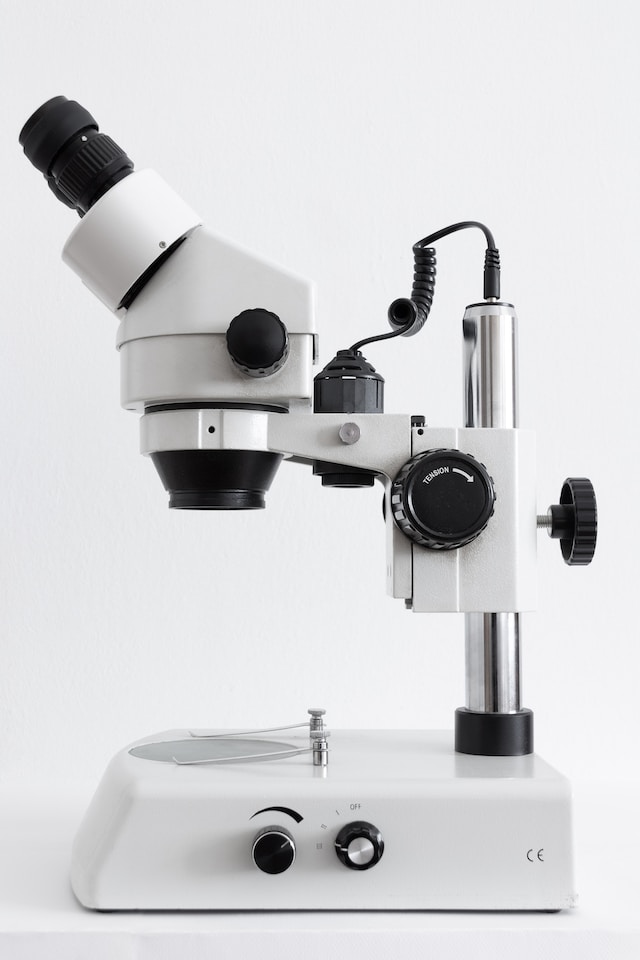Microbes are essential to thriving ecosystems. They degrade plastics, toxins, and agricultural waste. They also convert excess fertilizer to nitrous oxide, a potent greenhouse gas.
Effective guides educate, build trust, and lead readers to action. They’re optimized for online reading through short paragraphs and white space, with helpful visuals to break up large blocks of text.

Cost
In pharmaceutical development, environmental monitoring in microbiology is a crucial quality control metric to verify that medical devices and products are devoid of contaminants during manufacturing, packaging, transport, storage, and final delivery. The process involves sampling and analyzing air, surface, and personnel in clean spaces like aseptic processing areas.
Samples can be collected using contact plates, swabs, and air sampling devices. Microbiology testing for surface samples is used to identify the species and genus of various microbes. Air quality analysis is often conducted to determine if airborne bacteria are high and can contaminate sterile drugs or raw materials.
Many hospital pharmacies employ clinical microbiologists to run their microbial monitoring programs. While the expertise of these individuals may be excellent, they need to be more well-trained in the specific directives and processes of pharmacy environments. Moreover, they are already overburdened with running a clinical microbiology lab. That is why most facility managers realize they must enlist outside consultants and service providers to help manage their microbiology monitoring programs.
Compliance
Depending on the industry and locale, federal mandates can also increase costs. For instance, food companies must create and implement a robust pathogen monitoring program. Having one can significantly reduce the risk of product recalls, which are costly and can damage brand integrity.
Government agencies strictly monitor pharmaceutical production guidelines. Microbiology environmental monitoring helps verify that aseptic manufacturing environments and cleanrooms remain contamination-free. The testing includes sampling of air, water, and surfaces. Surfaces include sterilized equipment, sanitized bags, gloves, and masks. Air can be sampled using passive or active swabbing with laser particle counters.
Other techniques monitor waste, noise, and water quality. These are important because spilled hazardous materials harm the environment and cause pollution. In addition, excessive noise can impact wildlife and negatively affect their migration patterns. Environmental microbiology research has shown how microbes can be used to solve global problems, like cleaning up oil spills and reducing algae blooms in lakes.
Environment
In addition to helping companies ensure compliance with food safety regulations, microbiology environmental monitoring also helps protect the environment. It does this by reducing the spread of contaminants throughout the factory.
It also helps to maintain sterile conditions during production, especially when manufacturing pharmaceuticals and other medical devices. This can be accomplished by evaluating the air quality of critical areas such as clean rooms, glove boxes, and laminar flow hoods using contact plates for sampling surfaces and agar plates within air sampling devices.
This method of assessing the environment can be used to identify contamination hotspots and determine how effective sanitation procedures are. A robust processing environment monitoring program can also help prevent costly product recalls, which are bad for consumer health and brand reputation. This can be achieved through hygienic zoning with segregation of production areas, sanitary design of equipment, and regular cleaning, disinfection, and utility controls. It may even involve planting microbial sentinels in the factory to alert staff to potential problems.
Safety
As the name implies, environmental monitoring focuses on microbial data collection. This can include samples of air, surfaces, and personnel in a clean environment. These data demonstrate that a controlled area is safe and help ensure that pharmaceutical and medical device development meets production guidelines.
These guidelines are essential to protect human health and prevent disease. For example, listeria, found in soil, water, and decaying vegetation, can cause serious, sometimes fatal, human infections. Using environmental testing techniques, pathogens can be found before they cause an outbreak, and sanitation procedures can be improved.
In addition, environmental monitoring can help to ensure that the production of medical devices and drugs meets guidelines. This includes providing sterile and bacteria-free products during manufacturing, packaging, transportation, and storage. It also helps to detect any problems, such as contamination from cleaning materials or physical temperature fluctuations, that could affect the quality of a product.



